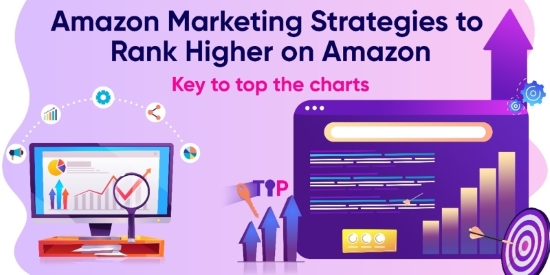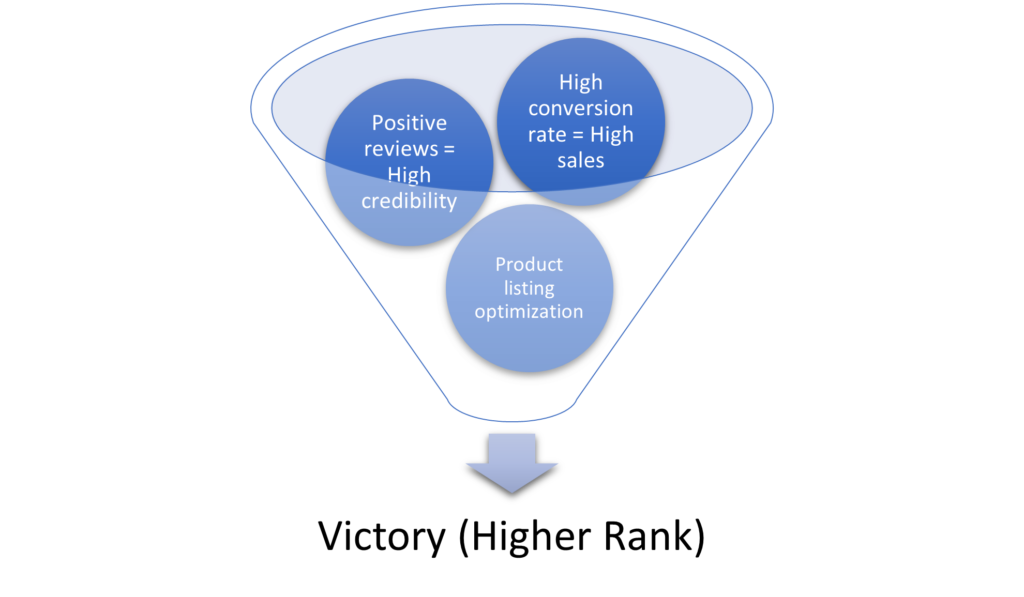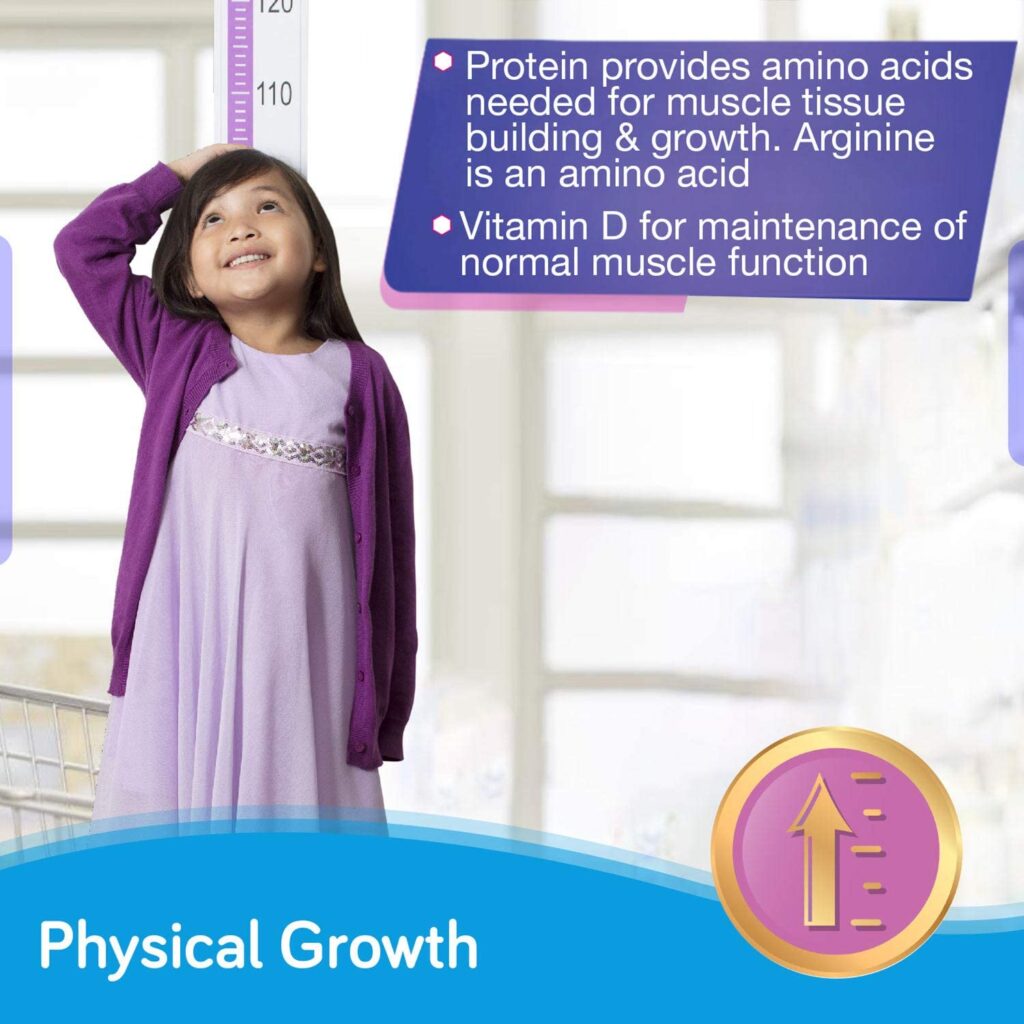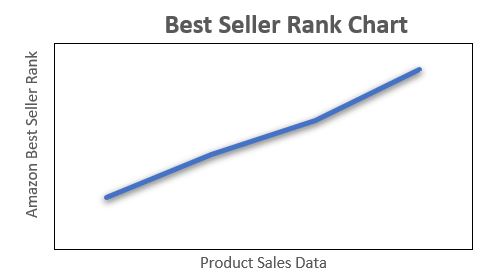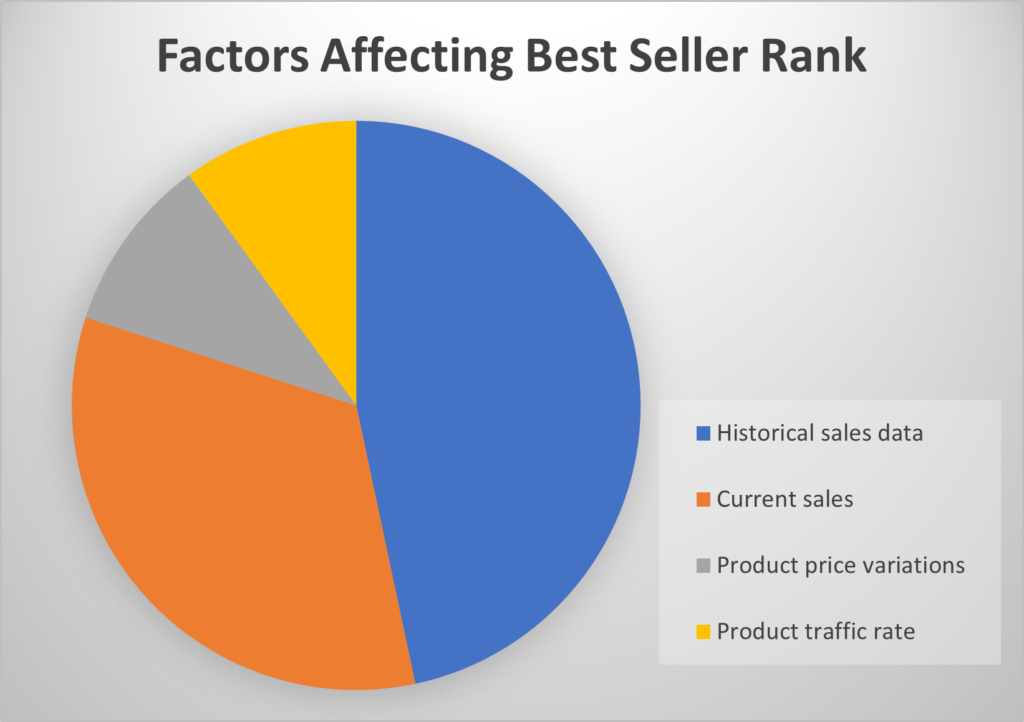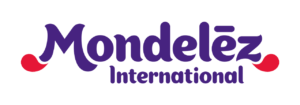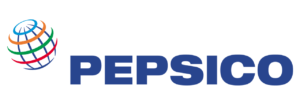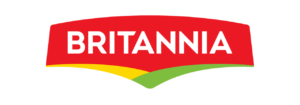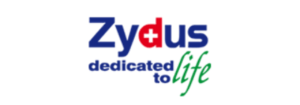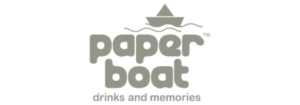Amazon being one of the dominating e-commerce platforms attract a huge number of sellers, and with the building competition, every seller wants to rank their product on the first page of Amazon. This article covers the features and factors that affect the functioning of A9 algorithm, the mastermind behind the ranking of products. Also, the article will offer you the insights of top Amazon marketing strategies to rank your product among the top charts with the practices that will help you sustain the top rank. There are some important facts included as well, which are worth looking at.
Between July to December 2020, Amazon has recorded whopping 3.10 billion mobile and desktop visits globally. A dominating e-commerce platform, Amazon turns out to be one of the most explosive areas to do business in. The e-commerce channel in total accounts for a catalog of 12 million products across all categories, and by 2021 there are 353 million products available on the Amazon marketplace.
There’s no doubt that Amazon’s market size will continue to grow, and with more and more sellers getting onboard, ranking higher on Amazon becomes a crucial aspect. Every seller wants to rank higher on Amazon, but only a few succeed in the process. The few who succeed are the ones who have figured out the way to the treasure house.
The A9 algorithm is the treasure house of Amazon. The algorithm is the mastermind behind the procedure of ranking products. Therefore, to understand the process of ranking, first, we need to decode the A9 algorithm, and then moving forward, we will analyze the factors and some Amazon Marketing strategies that’ll help you to get rank amongst the Best Sellers.
Table of Contents
Amazon A9 Algorithm
Amazon A9 algorithm works on the searches of buyers. When a buyer puts a query on Amazon, the algorithm works to find the most relevant match for the search. Though the algorithm is not that simple, this is the basic framework it follows that helps simplify the product search for customers. Because when it’s simplified, it’s attractive.
The algorithm takes the number of factors into account and, based on that, ranks products. The products which are most pertinent to the search result get to rank higher than others.
Moving forward, let’s explore the features that navigate the A9 algorithm.
Core Features of A9 Algorithm
We’ve got a hold on the fundamentals of the A9 algorithm; now it’s time to apprehend its core features. As moving forward, these features are going to help us understand the pathway to victory. Let’s decrypt them step by step.
- Sales history: Amazon gives preference to the products which generate more sales and have a higher conversion rate. The algorithm counts the conversion and bounce rate every time a customer visits the product page and without a doubt, the product which is getting more sales gets to rank higher. In the end, Amazon needs to earn profit as well.
- Reviews: Amazon introduced the review section initially when they were selling books. The idea behind it was to make purchasing simple and efficient for consumers. Since then, the reviews have taken a hike in popularity and are widely accepted. As per a survey, 79% of consumers are likely to purchase products with the best ratings and reviews. Thus, if you want to rank higher on Amazon you need to get good quality and a high number of reviews.
- Listing Optimization: The most fundamental requirement to rank high is to be relevant to the searches. Now it’s one thing not to be relevant and another thing to lack out because of poor listing optimization. When you’re listing your product make sure you’ve incorporated the right keywords in the content and the product images are high-quality, informative, and engaging.
- Fulfillment by Amazon: The brands who opt for ‘Fulfillment by Amazon’ gets an edge over those who don’t. The reason is simple, Amazon fulfillment network is among one of the most advanced networks, which eventually results in better customer service and higher customer satisfaction. Also, the products which are listed under Amazon FBA are eligible for prime deliveries.
Amazon Product Ranking Factors
Let’s discuss other factors which are as important to get your product feature on the first page:
- Price of the Product: Smart pricing of products can get you real deals. While pricing your product always check the competitors’ price, if your product is priced too high or too low you can get kicked out of the race in no time. A right price point can get you high conversion rates and eventually the Amazon ranking.
- Always complete the product listing: Amazon is one of the greatest marketers of its time. When Amazon is providing its seller with a new service/feature or asking for some basic data regarding the product, it already has done a fair amount of research on why that data is important in terms of engaging the customers. So, while listing your product always provide the complete information, this will help educate customers about your product.
- Stock Fulfillment: Amazon always thrives to provide the best service to its customers. Hence any factor that negates it is not going to be favored by Amazon. If a consumer clicks on your product but cannot make a buy, it eventually will increase your bounce rate. Therefore, it’s always in the betterment of sellers to keep their stock up to date.
- Rich and Relevant Keywords: When a consumer types his search, Amazon picks the keywords and matches them with its portfolio. The products that match the most keywords get to be ranked higher. A product listed with keyword-rich title, bullet points, and product description has high chances of good ranking. Always remember to use relevant keywords and avoid stuffing.
- Negative Reviews: As much as positive reviews are important to rank high, negative reviews also need to be considered. Negative feedback can help you understand the aspects of your products that customers don’t like, giving you info on how to improve the product. It’s always important to tackle negative feedback efficiently. Too much negative feedback can get you out of the game.
- Follow Amazon Guidelines: Amazon is very strict with its guidelines and not adhering to those can lead to product suppression. Always try to follow the guidelines as stated by Amazon, as it will not only help you get properly listed but will give you the advantage of Amazon’s digital marketing features as well.
How To Optimize Product Listing on Amazon
While we have learned what the factors that influence product ranking on Amazon are, now is the time to understand how to do it. Product listing optimization on Amazon is among one of the key features that we have discussed previously, which profoundly influences the ranking of your product. Amazon product listing optimization is a complete process of creating and updating the product listing on Amazon. The process involves providing and updating basic product information, title, bullet points, and product description on the product page to engage customers. Apart from the customer-centric information, there is some back-end info as well, which gets added during the process to improve the search visibility of the product.
Paxcom can help you in every step of optimizing product listing on Amazon. We’ve got an expert team that can seamlessly get listed your product on amazon, following with the expert content team for creating and updating content.
Title
The product title contributes most in terms of visibility. As the title is something that your audience sees first and decides if your product holds the particular feature, they’re looking for. Hence, it’s vital to have a descriptive and keyword-rich title.
An example of such a title is given below. Seamlessly descriptive and immersed with the right keywords.
When creating a title, always check if you’re providing enough information to the customer or not. Let’s look at the above example for an instance. A customer can easily figure out the following info; brand name, type of product, benefit, USP, flavor, target audience, product category, and grammage from this title. And suppose if our customer is looking for a nutritional drink mix with high protein, voila! This product just got a click.
Bullet Points and Product Description
Your product just got a click, the customer is now looking for more information about the product, and that information is provided to the customer via content. Content that offers the solution for the needs of the customer is good marketing content. Talk about your product in the content. Involve features, benefits, USP, how to use, why to use, etc. Basically, educate your customer about the product.
Include keywords in your content, as your keywords will get you placed on the first page, but remember, your content will get you sales.
Images
Do you know 75% of online shoppers get influenced by images while making a purchase decision?
Visual content is known to be used mostly on social media channels to engage the audience.
Images are an integral part of the product listing. No seller would ever want to compromise on their product imagery, as images directly affect the consumers’ purchase decision. Even well-written content cannot negate the effect of poor images. Product images are the closest facet of the visual formation of your product in the consumer’s mind. Thus, it’s always advisable to have high-quality and informative images for your product. Informative images with feature & benefit call out, lifestyle images, etc., engage consumers and amplify the shopping experience.
Top of all always ensures to have a crisp and clear main image. The main image of product features on the search result thumbnails of Amazon page, and it makes the first impression on the customer. Also, the data shows that 22% of consumers return products because the received product looks different from the images. Reminiscing a saying on this, “Your image can make or break you.”
Backend Search Term
This involves the data which is not visible on your product page but is essential for ranking. While listing the product on Amazon, sellers provide keywords related to the product for the backend search term field. A9 algorithm also picks data from here to match the relevancy of your product with the search term.
Important Facts: The keywords provided for the search term don’t need to be in sentence form as it is going to only eat your character limit. Choose your keywords wisely and avoid using any filler words to improve the efficiency of your product search result.
How A+ Content Helps Enhance Brand Visibility
As a matter of fact, A+ content does influence your product ranking indirectly. How?
Let’s get it clear with a very simple equation,
A+ content = Enhanced brand visibility = Improved conversion rate = High product ranking
Every seller knows, though, this equation seems simple, but how effective and important it is. A+ content is not one of the direct factors that influence Amazon ranking; nevertheless, it has been observed that A+ content does provide a brand an ascendancy in terms of brand visibility. As stated by Amazon, the A+ content provides a brand with an average of a 3% to 10% increase in sales.
Amazon A+ content allows sellers to create an effective and pleasing brand/product story with smart usage of both visuals and text. Sprucely created templates that allow brands to engage with their consumers in a beautiful story-telling manner, definitely the cutting edge of content marketing. Extending out more of its benefits, it offers an interactive shopping experience, builds brand reputation, gives a competitive edge over competitors, and improves brand credibility.
While creating A+ content, there’re few things to be mindful of. Limit the usage of text, use engaging and high-quality imagery, be consistent with brand color & tone, and be clear & specific with what you’re presenting.
Important Fact: Use more imagery than text. As per FastCompany, 65% of users recall better through visual media.
At Paxcom, we have a dedicated team that understands the insights and current trends of content marketing. Through their knowledge and expertise, they have served many brands with exceptional content that has produced great results.
How To Effectively Utilize Amazon Marketing Services
When we are on the topic of increased conversion rate, there’s one thing that affects your product sale most on Amazon, “Promotional Campaigns.” Now there’s one thing to be listed on Amazon and the other to utilize its features to the fullest. Amazon is a treasure trove of e-commerce marketing platforms, and one should explore every end of it to get the most out of it.
Let’s now understand all aspects of Amazon Marketing Services and how these campaigns can help you increase conversions:
Amazon marketing has turned every company into a marketer and marketers into sellers. Amazon’s advertising services present a tremendous opportunity for brands to reach millions of consumers today and have been growing at an astounding rate.
Amazon.sg launched Sponsored Ads, Brand Ads on March 24, 2021. A new revenue stream for Singaporean retailers, vendors who wish to grow their online businesses.
In Singapore, 20.21 % of people prefer Amazon for product research, according to Similarweb. With this data, we can conclude that Amazon’s marketing services can be a lucrative solution for brands looking to gain visibility and new customer acquisition.
Amazon advertising enables brands to build paid campaigns to encourage shoppers to click on products and items. There are specific ad types that are available, and the product must be available on at least one platform of Amazon.
Sponsored Ads
Amazon sponsored ads are a program that lets you promote your products at different prices. These products are displayed on relevant product searches. These ads can be found on the top of search results, product pages, and category pages.
Sponsored ads are further sub-categorized into three categories: Sponsored Brand Ads, Sponsored Product Ads.
Let’s deep dive into advertising platforms and how it can benefit your business;
1. Sponsored Product Ads
Amazon sponsored product ads are a cost-per-click (CPC) advertising model that allows sellers to advertise their products based on keywords. Therefore it’s a highly targeted advertising strategy and can be much more profitable than keyword-based search adverts.
Sponsored Product ads have proven successful for numerous businesses as they allowed them to expand brand awareness, drive conversions, and drive sales for their catalog. Consequently, sellers saw their quarterly sales rise. A seller on Amazon quotes that it has seen a 301% increase in the overall monthly sales with the help of sponsored product ads campaigns. Another seller believes that its sales volume has increased by 40% with minimal ad spend.
These paid listings appear on the right-hand side of the search results. They are a great way to have your products seen by millions of people. The advantage of this is that you don’t have to pay upfront and only pay when customers click through to buy your products.
How does it work? The seller can choose from pre-defined templates or get creative with their own customized ad design. You can target your ads to reach customers based on specific criteria like keywords, categories of products, and more.
Note: Sponsored Product Ads can be either text-based or image-based and can be placed next to the search results or on top of them.

2. Sponsored Brand Ads
Amazon Sponsored Brand Ads are the text ads that appear when you type specific keywords into the search. They are a great way to drive traffic to your product detail page since they are contextually relevant and help with product discoverability during customer search.
How does it work? In the form of banner ads, listing ads, and search results on Amazon. Sponsored brand ads use product images and descriptions from the brand’s product detail page to help them tell their story.

At Paxcom, we have our AMS team with expertise in driving Amazon ad campaigns. The team understands every aspect of these ads and, as per the market trends, can help brands yield the best out of it.
Everything You Need to Know to Top the Charts
While scrolling through the Amazon page, scanning among a number of products, have you ever wondered how that badge with ‘Best Seller’ remarks caught your eye in a glance? And next thing, you’re finding yourself clicking on that product. That’s the remarkable power of the Best Seller Rank (BSR).
When you’re selling on Amazon, it’s one of the goals of every seller to rank its product as Best Seller. The Best Seller tag determines that this product has been purchased by many customers and thus can be more reliable than any other product.
Nonetheless, getting the tag of Amazon Best Seller and that too by defeating thousands of other products is not that easy. Though Amazon doesn’t exactly reveal the maths behind its Best Seller Ranking calculation, however, Paxcom’s digital marketing team, with their experience and proficiency, has sorted some of the factors that definitely can get you on top.
The most important factor that affects the BSR chart is your product’s sales history. Higher the sales = higher the rank. Amazon doesn’t consider only current sales of the product for ranking, but it calculates the average of all the past sales and, based on that, provides the ranking to products. And trust me, that’s the best thing about BSR.
Amazon Best Seller Rank ∝ Product Sales Data
A product can have more than one BSR if it’s registered under more than one category. Amazon assigns BSR to its product under all categories and subcategories.
For example, let’s understand the BSR for Comune Vitamin C tablets under different categories. Under Health & Personal care, Cimune BSR is #2532, and under the Vitamin C subcategory, its BSR is #15. Amazing! Right? It’s always a calculated move to register your product under different categories as it can leverage you with several opportunities.

Historical and current sales data are the two most important factor that influences BSR. However, there are other factors as well that can impact BSR, like, product price variations and product traffic rate. As per a study done in 2016, 8% of product traffic on your page converts into sales. The percentage is not very high, but if we see it in terms of sales and profit, we can agree that it’s worthwhile.
There are several ways following which the sellers can increase their product traffic. Using promotional methods, sellers can derive customers to their Amazon product page, thus increasing product traffic. Amazon being a huge marketing platform, provides several ways to promote products. Through Amazon sponsored brands, ad sellers can attract customers. There are other options as well to derive traffic, such as a brand store can earn you credibility and increased footfall. You can use your Amazon brand store URL in campaigns and promotions on other social media sites to direct customers to the brand store page. Paxcom has its own dedicated team that can channel traffic on e-commerce sites for you. Our team analyses real-time data and can provide on-the-spot solutions to improve performance.
Pricing strategy is a part of the 4p strategy, which helps marketers to build their reputation in the market. This strategy also works the same way on the Amazon market and, if executed efficiently, can earn you great prospects in terms of sales and brand building. Promotional pricing is a great way to build a report if you’re a newcomer on any e-commerce platform. The main aspect of pricing strategy is to analyze the competition and market data and then list out the best price for consumers. Promotion, giveaways, discounts, etc., are some of the best fundamental practices that sellers can do to earn more sales.
We’ve learned all about how to rank high on Amazon. I’ve given you all of my secrets to success, but then there’s one more important thing that we need to comprehend. How to sustain your product ranking? If one day you rank among top sellers on Amazon and the next day falls down, then all efforts you made will go in vain. Trust me when I say, this is a ‘rat race’ and everybody wants to win, so if you were lucky enough to get there, fight to stay.
There are only a few important things you need to do to sustain your ranking:
- Keep updating your content, add keywords, check for what competition is doing.
- Keep running PPC campaigns. If you have established a brand reputation it doesn’t mean you can’t lose customers. Customers are always looking for something new that can interest them.
- Don’t fade out. Keep up with the trends and do not let your competition outgrow you.
- Check your product prices with competition and maintain the best price.
- Grow with Amazon. Amazon is always trying to do improvisation in its marketing strategy. Be updated with new features that Amazon is offering and utilize them to their best.
Getting success is not a one-day process; it’s the result of years of effort. Don’t stop if you’ve reached the top, keep thinking about how you can sustain there now. Paxcom holds expertise in helping brands to improve their performance on e-commerce channels. We have an accomplished team who can help you, from listing the product on Amazon to running campaigns for performance sustainment. Our team leaves no stone unturned to deliver the outcome the brands are looking for.
Key Takeaways From The Article
- Amazon A9 algorithm ranks products based on their relevancy with the search term.
- The core features of A9 algorithm are sales history, listing optimization, product reviews, and fulfillment by Amazon.
- Other factors that affect Amazon’s ranking are price of the product, product listing optimization, stock fulfillment, rich and relevant keywords, negative feedback, and Amazon guidelines.
- Keep your product listing up to date. Provide all the information required by Amazon and inlay title and content with rich keywords.
- Images create a visual impression of your product in customers’ minds, hence make sure to place high-quality, informative, and engaging images.
- Use backend search terms to improve your brand search results.
- A+ content helps improve your brand image and visibility thus increasing conversion rate.
- Amazon Marketing Services helps you gain extra traction, thereby increasing brand discoverability.
- Historical sales data affects the Amazon Best Seller Rank with other factors like current sales data, product traffic rate, product price variations.
- When reached on the top, work to sustain the rank by engaging in PPC campaigns and other marketing strategies.
